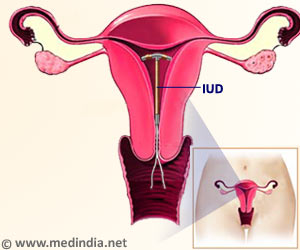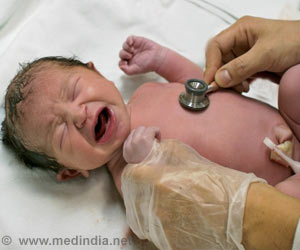Women drivers are three times more likely than men to suffer whiplash injuries if their car is hit from behind say Swedish researchers.
According to Swedish researchers, women drivers are three times more likely than men to suffer whiplash injuries if their car is hit from behind.
Women's risk is increased because they generally sit closer to the steering wheel, the Umea University team said having studied data on 400 injuries.They said crash-test dummies should better reflect women's figures and help influence seat design.
In the study, the researchers looked at insurance company data on more than 400 whiplash injuries claimed for during the 1990s.
They also carried out their own studies into how more than 200 men and women adjusted their car seats and then how they sat as they drove and as they were stationary.
They then compared the results from the human test with those from tests of a commonly used crash-test dummy, the BioRID, which is the same size as the average man or a large woman.
They concluded women's increased risk was partially due to them tending to sit higher and closer to the steering wheel and to have the seat back more upright.
Advertisement
And when the data from dummy testing was examined, the researchers found it differed significantly in seat adjustments used and positioning.
"Nor does testing methodology take into consideration differences between the sexes, or differences in sitting position between the driver's seat and the front passenger seat," they added.
A spokesman for the UK's Royal Society for the Prevention of Accidents said: "A properly adjusted head restraint will help prevent whiplash by reducing the distance between the back of the head and head restraint, stopping the neck from bending back.
"It will also reduce the amount of time it takes your head to initially contact the head restraint, and increase the amount of time that your head is supported during an accident."
He added: "It's important everyone adjusts the head rest as necessary - every time the car is used if there are different drivers using it."
Source-ANI
SPH










